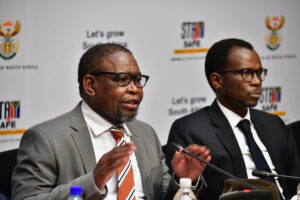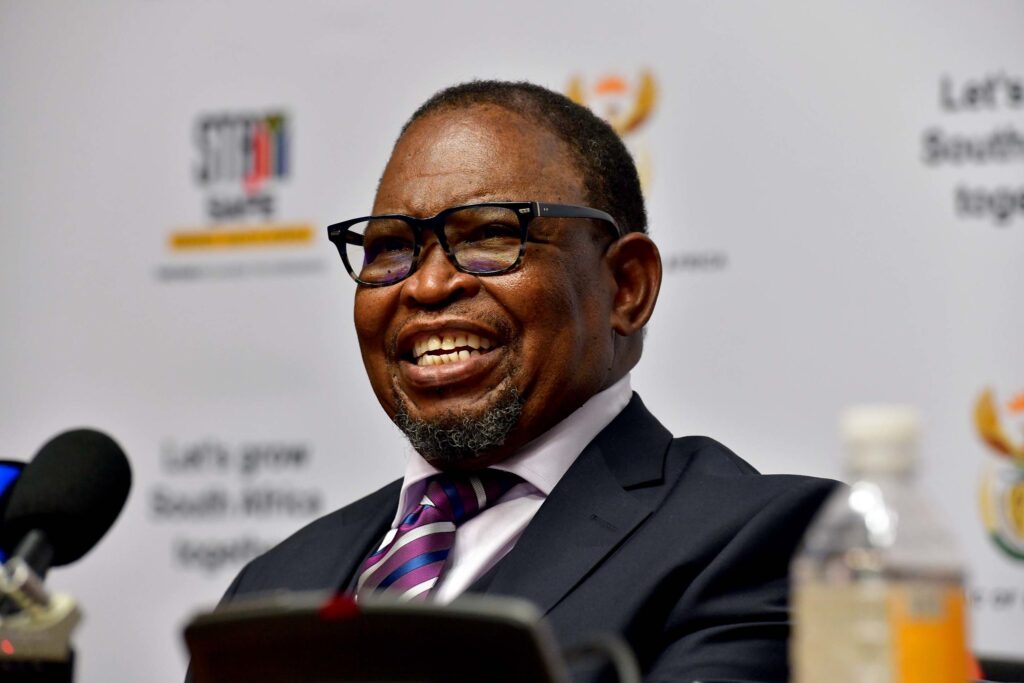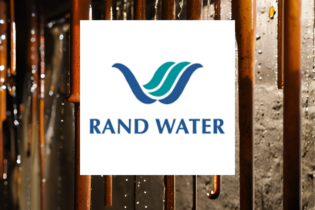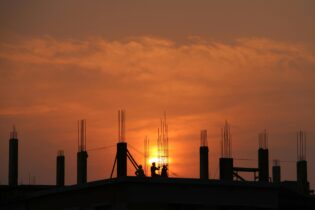The Government of National Unity is committing itself to a “pro-growth economy.” This in line with their budgetary statement aims to tackle the two pressing economic issues that South Africa faces, low economic growth and high public debt, and infrastructure plays a crucial role in South Africa’s economic future.
by Duncan Nortier South Africa’s economy has grown less than the sub-saharan average, leading to serious social problems. Over a 10 year span the average growth rate of 0.8% has left many without employment while the government maintained a high public debt and an inability to focus on infrastructure maintenance and expansion. These problems have manifested in the current energy crisis, which has seen some calm since the suspension of load shedding, as well as the current water crisis facing Gauteng and other parts of the country. Infrastructure plays a crucial role in maintaining public services and economic growth, where the IMF predicts that a 1% increase in infrastructure investment leads to 0.4%- 3% economic growth. The recent launch of an infrastructure bid window as well as fruition in the Just Energy Transition are positive notes in the country’s efforts to promote sustainable growth. Rand Water’s 2024 maintenance projects, as well as Johannesburg Water’s upgrade plans also indicate positive developments in the water sector.Building momentum for inclusive growth
“South Africa must first locate itself in the global context” says Finance Minister Enoch Godongwana, and the global context suggest that the world economy will grow at 3.4% over the 2024 and 20 period, however there are threats to the growth forecast such as the escalating war in the Middle East, the current conflict between Ukraine and Russia, and the growing conflict in Sudan. In local context Minister Godongwana outlines the following:- Government is pursuing policies to achieve rapid, inclusive and sustainable economic growth.
- The economy is forecast to grow by an annual average of 1.8 per cent over the next three years, underscoring the need for continued implementation of structural reforms.
- The fiscal strategy remains on course. The consolidated budget deficit will narrow from
- 5 per cent of GDP in 2024/25 to 3.2 per cent of GDP in 2027/28 and debt will stabilise at 75.5 per cent of GDP in 2025/26.
- Economic reforms are beginning to bear fruit: electricity availability has improved, the
- logistics system is stabilising and the cost of doing business is declining in some areas of the economy.
- Stronger infrastructure investment will underpin the growth agenda.
Public sector infrastructure
This medium term budget speech had a strong focus on infrastructure as a mechanism to grow the economy. Godongwana says, “Investment in infrastructure is necessary to support higher levels of growth and expanded access to quality basic services. Yet the quality of public-sector infrastructure spending is suboptimal and the quantity is inadequate. As a result, existing infrastructure is deteriorating, backlogs are growing and the cost of providing infrastructure is high. This represents both a challenge and an opportunity.” The budget outlines the following areas to improve effective management over existing infrastructure and potential infrastructure:
Enhanced private sector cooperation:
- Revise current public-private partnership regulations
- Employ a programmatic approach to private sector participation
- Augment the balance sheets of Eskom and Transnet
Implement budget reforms:
- Reconfigure capital budgeting
- Reform infrastructure conditional grants to improve performance
- Increase efficiency in disbursement of immediate response disaster grants
Increase infrastructure finance
- Enhance credit to de-risk projects and mobilise funding
- Create an infrastructure asset class to crowd investment
- Increase liquidity for immediate response to disasters

Restructuring public-private partnerships has the potential to unchain infrastructure development in South Africa
- Transnet: Cape Town Container Terminal Expansion Phase 2B to expand landside capacity at the terminal. It includes rehabilitating and upgrading the container stacking pavement, expanding the truck staging area and building new rail sidings.
- City of Johannesburg: Alternative Wastewater Treatment Technology PPP to convert 500 000 tonnes of solid waste per year to energy.
- eThekwini: Non-Revenue Water Project for infrastructure upgrades to reduce leaks.
- South African Nuclear Energy Corporation: Replace the SAFARI-1 research reactor.
- Department of Water and Sanitation: Olifants Management Model Programme Phase 2D and 2F for bulk distribution water infrastructure, including pipelines, reservoirs and reticulation.
- Department of Health: Siloam District Hospital to build a new 224-bed hospital, refurbish the psychiatric ward and mortuary, and construct facilities for allied services such as audiology, physiotherapy and occupational therapy.
- Department of Higher Education: Student Housing Infrastructure Programme to build six facilities at universities and technical and vocational education and training colleges.
- Western Cape Department of Health: Tygerberg Hospital Redevelopment Health Technology PPP to procure health technology.
- Transnet: Ukuvuselela Gauteng-Eastern Cape High-Capacity Rail Corridor to upgrade the South Corridor railway line and expand port infrastructure for automotive handling.
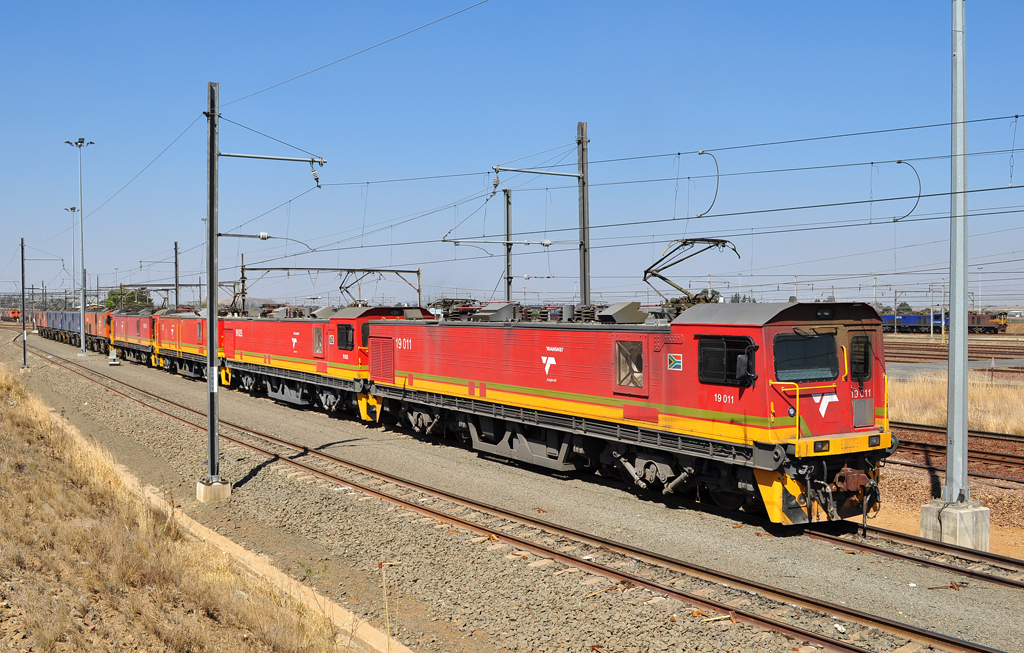
The bail out of Transnet comes the responsibility to ensure that it becomes a future asset in South Africa’s economy.
He says, “Climate-related disasters are occurring with increasing frequency and severity, with correspondingly larger effects on lives and livelihoods. Methods previously developed by the public and private sectors to manage disaster response and recovery are becoming unrealistic in terms of their costs. The financing of disaster relief depends heavily on budget allocations through funding mechanisms for unforeseeable and unavoidable events. Government is exploring options for purchasing insurance for certain events where such a practice would not undermine budget sustainability. The National Treasury is reviewing how disaster emergency funding is accessed and disbursed by municipalities. The review will include recommendations on different options for national government to manage risk depending on the frequency and severity of shocks such as fires, floods and drought. It will also examine the rationale for establishing a risk-pool arrangement at the subnational level as a cost-effective way to respond to Shocks.”This medium term budget speech underpins the vital role that infrastructure plays in the short term, such as job creation, and long term stability of South Africa’s economy.


